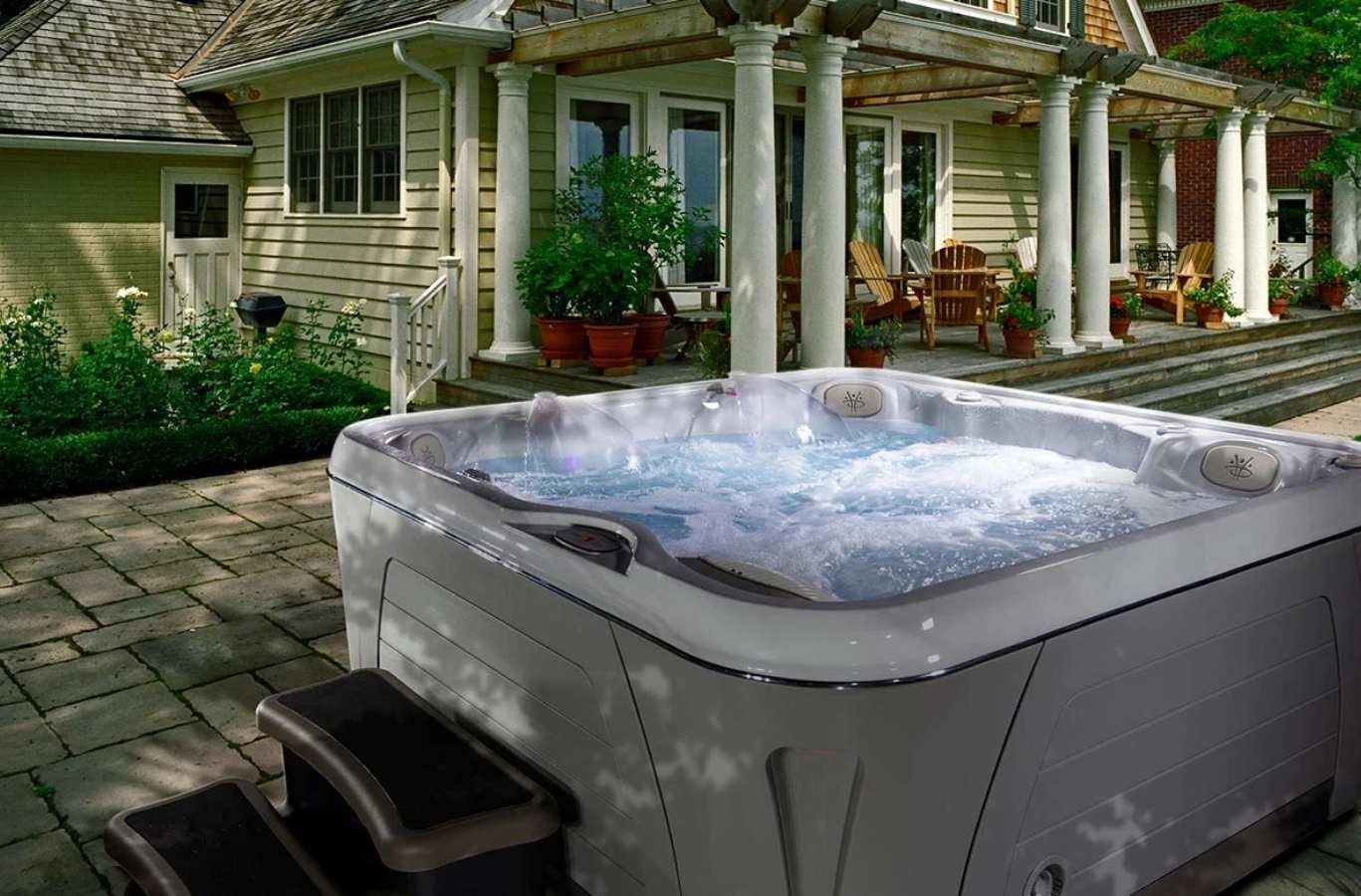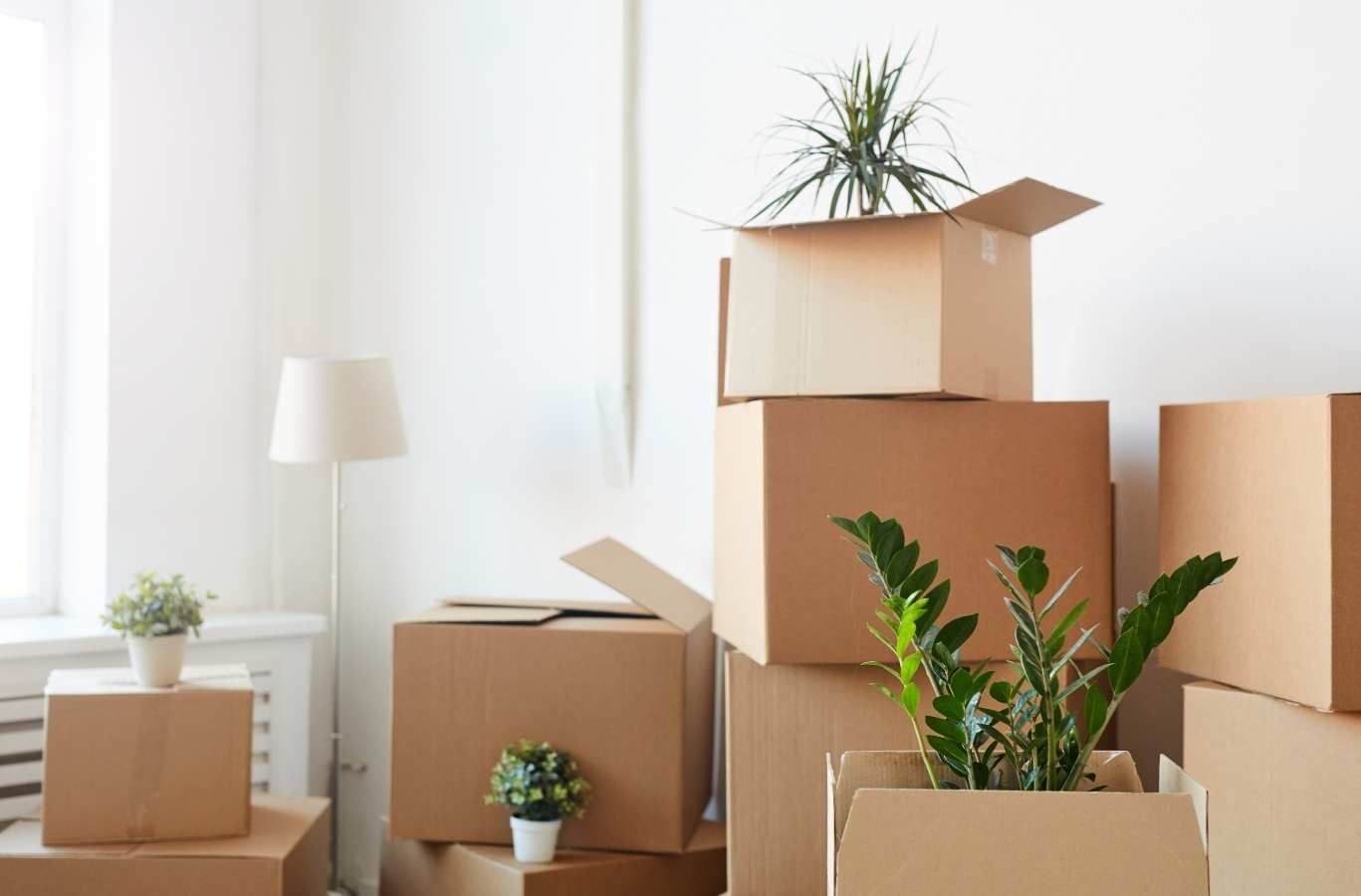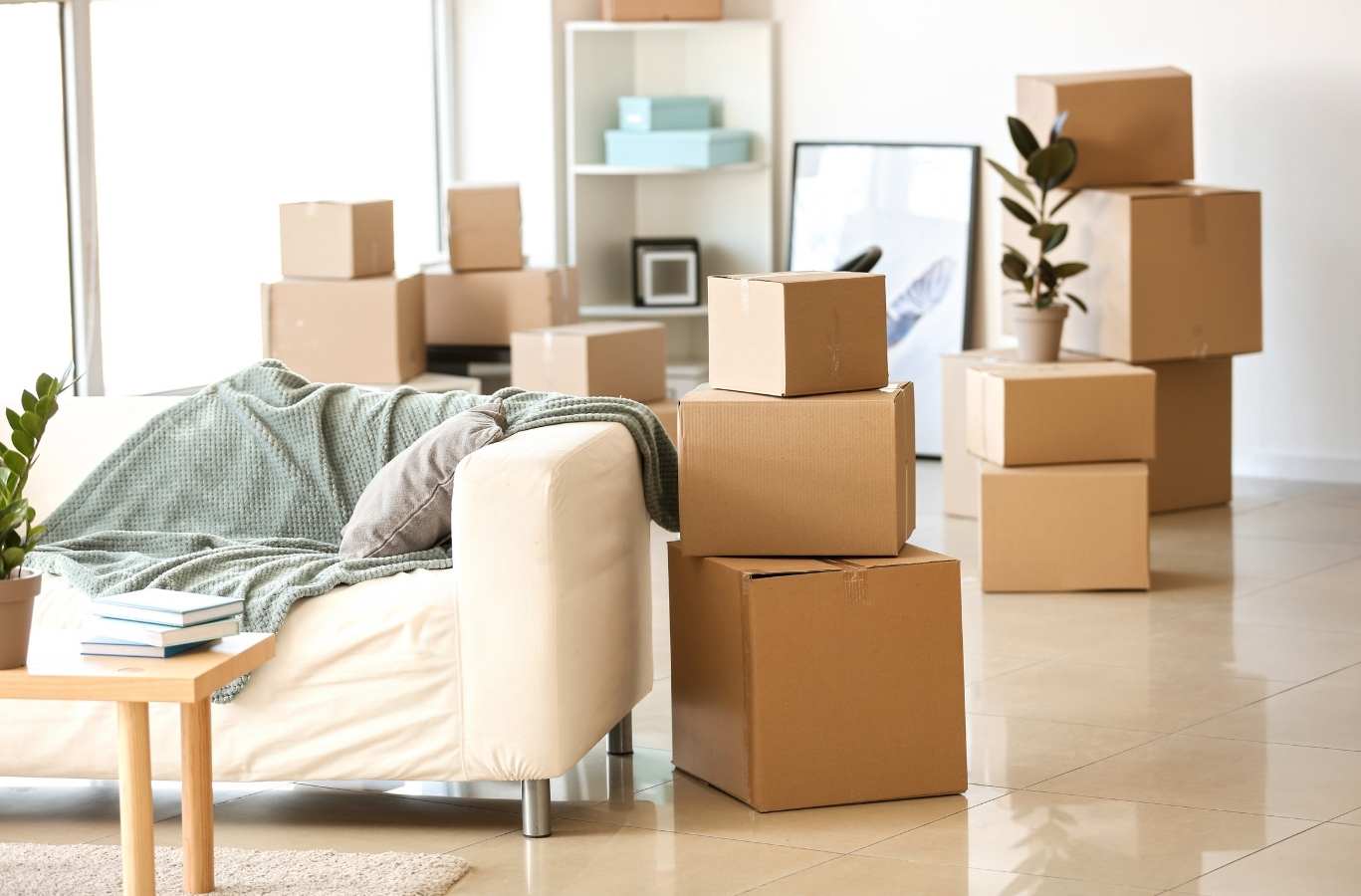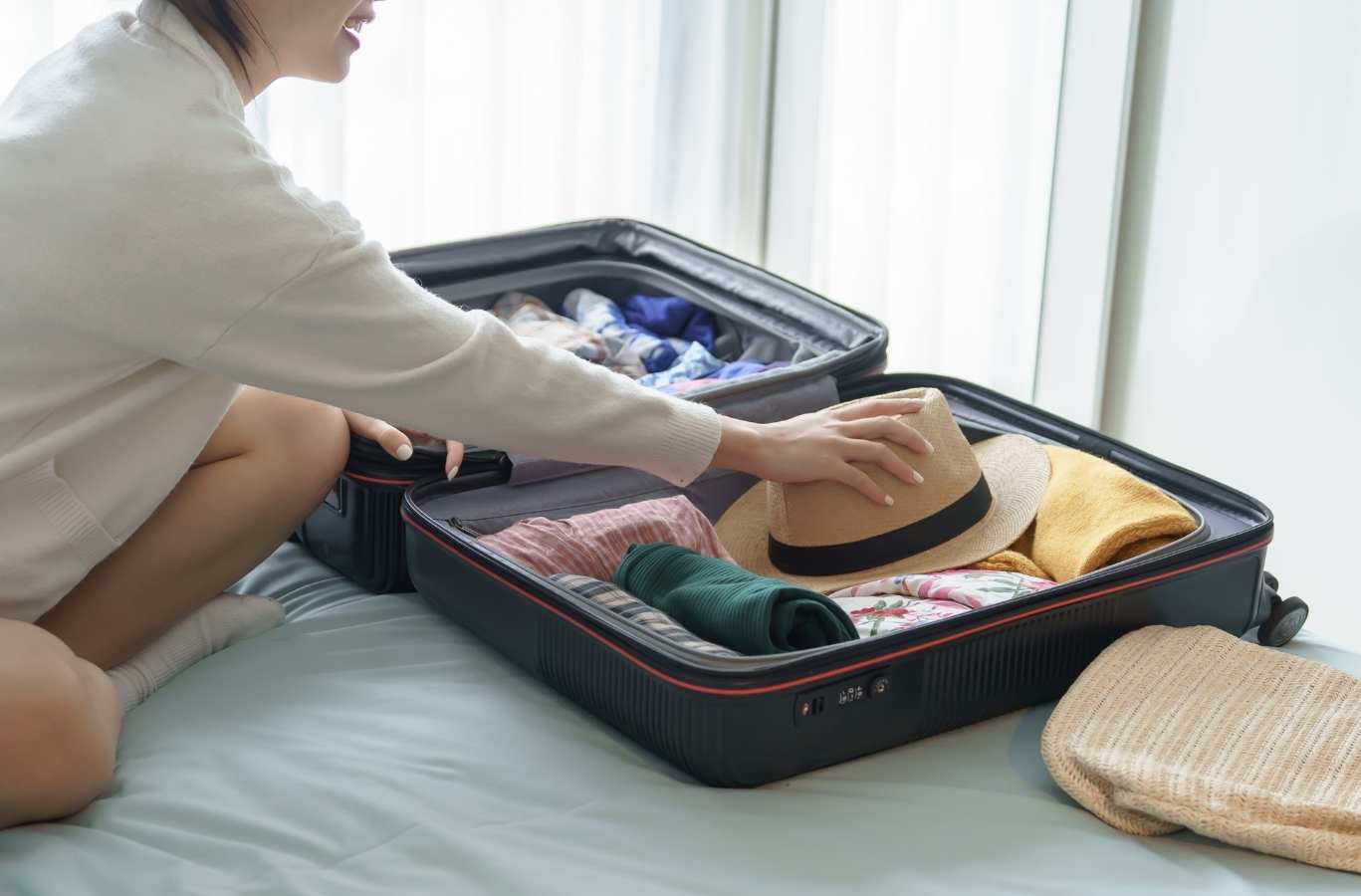Best Way to Pack Dishes When Moving: Complete Guide from Alemo Transport in Annapolis, MD

Packing dishes is often considered one of the most stressful aspects of moving. Your dinnerware, glassware, and dishes represent both financial investment and sentimental value, yet they are among the most fragile items in your home. When dishes break during a move, the loss can be frustrating and disappointing. At Alemo Transport, we have helped thousands of families in Annapolis and throughout the Greater DMV Area pack their kitchens safely. This comprehensive guide shares professional techniques and practical tips for packing dishes so they arrive at your new home intact and ready to use.
Why Proper Dish Packing Matters
Dishes are subject to numerous risks during a move including impact from bumps and stops during transport, pressure from heavier items stacked above them, temperature fluctuations, and vibration from the moving truck. Improperly packed dishes are the most common breakage category during moves, with breakage rates sometimes exceeding other fragile items. Beyond the loss of the dishes themselves, Broken dishes can scatter sharp fragments into boxes containing other items, potentially damaging clothing, linens, or other belongings. Taking time to pack dishes properly is an investment that saves you money, prevents frustration, and ensures your kitchen is complete and functional when you arrive at your new home.
Essential Packing Materials for Dishes
Before you begin packing, gather all necessary materials. Having the right supplies on hand makes the packing process more efficient and provides better protection for your dishes.
Specialized Dish Boxes
Dish barrels or specialty dish boxes are specifically designed for packing fragile items like dishes. These boxes are thicker and more durable than standard moving boxes, with reinforced bottoms and sides that better withstand impact and weight. The extra thickness helps absorb shock and protects dishes from pressure and vibration. While specialty dish boxes cost more than standard boxes, they are worth the investment for their superior protection. Alternatively, you can use small to medium-sized sturdy moving boxes, though they provide less protection than specialized dish boxes.
Packing Paper
Quality packing paper is essential for wrapping individual dishes and cushioning boxes. Choose white packing paper rather than newspaper, which can leave ink stains on dishes, particularly if items will be packed for extended periods. Roll packing paper for wrapping or crumple it for cushioning. Packing paper is versatile and serves multiple functions throughout the packing process. You will need substantial quantities of packing paper for dish packing, so purchase more than you initially think necessary.
Bubble Wrap
Bubble wrap provides cushioning and shock absorption for delicate dishes, especially glassware and stemware. Use bubble wrap with adequate bubble size, ideally one-half inch to one inch bubbles. The bumpy side facing outward provides better protection than having it facing inward. Bubble wrap is particularly useful for wine glasses, stemware, and dishes you consider especially fragile or valuable.
Cardboard and Other Padding
Dish towels, kitchen towels, cloth napkins, and other soft textiles can be repurposed as cushioning material between dishes. This approach saves money on packing supplies while providing effective protection. Old blankets, sheets, or other fabric items work well for wrapping and padding. Wadded newspaper can substitute for crumpled packing paper if packing paper is unavailable, though it carries the risk of ink transfer.
Packing Tape and Markers
Heavy-duty packing tape seals boxes securely and prevents them from opening during transit. Use a tape gun to apply tape efficiently and protect your hands from repetitive tape application. Permanent markers clearly label boxes as fragile and indicate which end should face up during transport. Labeling is essential for alerting movers to handle boxes with care.
Cushioning Materials
Crumpled packing paper creates an excellent cushioning base and filler. Do not fold packing paper neatly for cushioning, instead gently crumple it to maximize air pockets and shock absorption. Packing peanuts provide similar cushioning but create more mess and are less environmentally friendly than crumpled paper. Styrofoam pieces, air-filled plastic pillows, or other recycled cushioning materials work as secondary filler if packing paper is limited.
Preparing Dishes Before Packing
Taking time to prepare dishes before packing them protects them throughout the moving process and simplifies unpacking at your new home.
Clean All Dishes Thoroughly
Wash all dishes completely and allow them to dry thoroughly before packing. Dried food residue or moisture can attract pests or create mold during storage and transit. Clean dishes should be dry to the touch with no residual moisture. Pay special attention to textured patterns or decorative elements that might trap dust or moisture. Clean dishes are also more pleasant to unpack and use immediately upon arrival at your new home.
Declutter and Organize
Go through your dish collection before packing and remove items you no longer use or want. Broken dishes, cracked plates, or chipped glasses should be discarded rather than packed and transported. Duplicate or excessive dishes you rarely use can be donated or gifted. This decluttering reduces the volume you need to pack, transport, and store at your new home. Many charitable organizations accept gently used dishes and kitchenware, making donation an excellent option for items you no longer need.
Organize by Type and Size
Sort dishes by type such as dinner plates, salad plates, bowls, cups, glasses, and specialty items. Within each category, organize by size. This organization makes packing more efficient and makes unpacking and putting away dishes much easier at your new home. You will know exactly which boxes contain which items without needing to open multiple boxes.
Inspect for Damage
Before packing, inspect each dish for chips, cracks, or other damage. Existing damage may worsen during the move or cause breakage of adjacent items. Document any pre-existing damage by making notes or taking photographs. This documentation is important if damage occurs during the move and you need to file a claim with your moving company.
Step-by-Step Dish Packing Technique
Following these professional packing steps ensures maximum protection for your dishes during transit.
Prepare the Box
Place your chosen box on a flat work surface where you can pack comfortably without rushing. Reinforce the bottom of the box with heavy-duty packing tape, applying tape along all seams and edges. A well-reinforced bottom prevents the box from giving way under the weight of packed dishes. Create a cushioning base by adding a thick layer of crumpled packing paper to the bottom of the box, approximately three to four inches deep. This cushioning layer absorbs impact from handling and transport, protecting dishes from the hard bottom surface of the box.
Wrap Each Plate Individually
Take a single plate and place it in the center of a sheet of packing paper. Fold one corner of the paper over the plate, then fold the adjacent corners inward, covering the plate completely. Secure the wrapped plate by folding the remaining corner over and tucking it underneath. The wrapped plate should be completely covered with no exposed edges. For added protection, particularly for valuable or antique dishes, wrap the plate a second time in another sheet of packing paper. For maximum protection, wrap the entire bundle in a layer of bubble wrap.
Stack Plates Strategically
After wrapping individual plates, group similar-sized plates together in stacks of three to four plates per bundle. Between each plate in the stack, add a layer of cushioning material such as a cloth napkin, dish towel, or packing paper. This interlayer prevents direct contact between plates, cushioning them against each other and providing additional shock absorption. Once you have grouped and interlayered plates, wrap the entire bundle in another sheet of packing paper, essentially creating a double-wrapped package.
Pack Plates Vertically
Place wrapped plate bundles vertically in the box, standing them on their edges rather than laying them flat. Vertical placement distributes pressure more evenly than horizontal stacking, significantly reducing the likelihood of breakage. Plates are stronger when standing upright and better able to withstand pressure from movement and vibration during transport. Arrange plates like files in a filing cabinet, using the entire height of the box. This arrangement saves space and provides superior protection compared to flat stacking.
Pack Bowls Similarly
Wrap bowls individually using the same technique as plates. Group similar-sized bowls together, placing cushioning material between each bowl. Stack wrapped bowls vertically in the box using the same filing cabinet approach as plates. Bowls are slightly more flexible than plates and can tolerate some stacking, but vertical arrangement is still preferable for maximum protection.
Prepare Glasses and Cups
Gently stuff the interior of each glass or cup with crumpled packing paper. This internal cushioning protects the glass from pressure and vibration. For glasses and cups with handles, wrap the handle separately with packing paper before wrapping the entire piece. Crumple the wrapping around the handle to create a padded buffer. After securing the handle, wrap the entire glass or cup individually in one to two sheets of packing paper, depending on the delicacy of the piece.
Pack Glasses Upright
Arrange wrapped glasses and cups upright in the box rather than on their sides. Upright positioning reduces pressure on the bottom and rim of the glass. If your box is tall enough and glassware is uniform in height, arrange glasses in a single layer standing upright. If you need to stack glasses, create a layer of glasses, add a thick cushioning layer of crumpled paper between layers, and stack additional glasses on top. Ensure absolutely no movement occurs between glass pieces.
Handle Stemware with Extra Care
Stemware such as wine glasses, champagne flutes, or specialty glasses requires additional protection. Wrap the bowl of the glass separately from the stem, then wrap the entire piece in bubble wrap before wrapping in packing paper. The stem is the most fragile part of stemware and deserves extra attention. For valuable stemware, consider double-boxing after the box is packed. Double-boxing involves placing the packed box inside a larger box with cushioning material filling all space between the inner and outer boxes.
Fill All Gaps
Once you have arranged dishes, plates, bowls, and glasses in the box, fill any remaining gaps or void spaces with crumpled packing paper. Empty spaces allow items to shift during transport, which can lead to breakage. Every gap should be filled with cushioning material. The box should be packed so firmly that when gently shaken, no movement occurs within the box.
Create Second Layers
If your box has vertical space remaining after the first layer, you can create a second layer. Add a thick cushioning layer of crumpled paper across the top of the first layer of dishes. Then arrange additional plates, bowls, or glasses on this second layer using the same techniques. Ensure the box is not so full that it cannot close properly or that the lid bulges outward.
Seal and Label
Once the box is completely full and no more items can fit, tape the box securely closed. Reinforce all seams, edges, and the center seam of the box with heavy-duty packing tape. Write FRAGILE in large letters on the top and all four sides of the box. Draw an arrow pointing upward with the label THIS SIDE UP to indicate proper orientation during transport. Note the contents such as KITCHEN DISHES or PLATES AND GLASSES to alert movers to the fragile nature of the contents.
Special Considerations for Different Dish Types
Different types of dishes may require modified packing techniques based on their construction and fragility.
Fine China and Antique Dishes
Fine china, antique dishes, or dishes with significant sentimental or monetary value deserve extra protection. Pack these items in specialty dish boxes if available. Wrap each piece individually in multiple layers of cushioning material. Consider storing valuable dishes in interior rooms of your new home rather than transporting them yourself in a moving truck. For extremely valuable pieces, you may want to transport them in your personal vehicle rather than the professional moving truck. Photograph valuable dishes before packing for insurance documentation purposes.
Decorative Dishes and Plates
Decorative plates, serving platters, or specialty dishes often have irregular shapes or delicate embellishments. Wrap these items more generously than everyday dishes, ensuring all decorative elements are protected. Stand them vertically if possible, as horizontal placement puts pressure on any protruding decorative elements. Double-box decorative items, and consider using extra bubble wrap for pieces with raised decorations.
Glassware and Stemware
Fragile glassware requires patient, careful packing. Wrap glasses individually in multiple layers. Consider double-boxing expensive or sentimental glassware. Pack stemware with extra attention to the stem, which is the most likely part to break. Fill glasses with crumpled paper to prevent internal breakage. Do not rush through packing glassware, as the extra time invested prevents breakage.
Everyday Dishes
Everyday dinnerware is typically more durable than fine china or decorative dishes, but should still be packed carefully. While these items may tolerate less protection than fine china, proper packing still prevents breakage. Pack everyday dishes using the standard techniques outlined in this guide. Even though these items are more replaceable than antiques or fine china, intact dishes are better than broken ones.
Packing Other Kitchen Items with Dishes
Your kitchen contains many items beyond dishes that require careful packing and may be packed in the same boxes as dishes.
Pots and Pans
Nest pots and pans together to save space, placing a layer of packing paper between each item to prevent scratching. Wrap the nested stack in bubble wrap or multiple layers of packing paper. For cast iron cookware, use extra protection as cast iron is heavy and prone to rust if exposed to moisture. Place pots and pans at the bottom of a box beneath dishes, as they are heavier and more durable. Non-stick cookware should be positioned surface-side down at the top of the box to prevent damage to the non-stick coating.
Flatware and Utensils
Bundle flatware pieces together using rubber bands or cloth napkins. Wrap the bundle in packing paper or place it in a plastic container. Knives should be wrapped individually and bundled together carefully to avoid cuts. Pack flatware in a sturdy container or small box to prevent bending or damage. Flatware is often more flexible than dishes and tolerates less protection, but should still be treated as a fragile item.
Small Appliances
Small kitchen appliances such as blenders, food processors, or toasters should be packed separately from dishes if possible. Use original boxes or suitable alternative boxes. Wrap cords carefully to prevent tangling or damage. Removable parts should be packed inside the main unit if possible to keep everything together.
Transporting Packed Dish Boxes
How you handle and transport packed dishes affects whether they arrive intact or damaged.
Loading the Moving Truck
Place dish boxes on top of heavier items such as furniture or appliance boxes. Never stack heavy items on top of boxes containing dishes. Secure dish boxes to prevent them from sliding or tipping during transport. Position boxes toward the center of the truck rather than at the front or back where movement is more pronounced. If possible, do not place dish boxes directly on the truck bed. Use furniture or other boxes as a stable base for dish boxes.
Personal Transportation
For valuable, irreplaceable, or sentimental dishes, consider transporting them in your personal vehicle. This approach gives you direct control over handling and allows you to monitor temperature and humidity during transport. Place boxes on the back seat or in the trunk where they are less likely to shift during turns or stops. Use seat belts or tie-downs to secure boxes in place. For long-distance moves, check on boxes periodically to ensure they remain secure and undisturbed.
Climate Considerations
Extreme temperature changes can affect glassware and ceramics. Try to transport dish boxes in a climate-controlled environment if possible. For local moves within the Greater DMV Area, climate-controlled moving trucks are ideal. If using a standard truck, consider transporting dishes during moderate weather rather than extreme heat or cold. Keep boxes away from direct sunlight during transport.
Unpacking and Caring for Dishes
When you arrive at your new home, proper unpacking ensures dishes remain intact and ready to use.
Unpack Carefully
Open boxes slowly and carefully, removing items one at a time. Inspect each item for damage during transit. If items were damaged, document the damage with photographs before removing them from the box. Set aside any damaged items to address later with your moving company's insurance if necessary. Unpack over a sturdy table or counter rather than standing or holding boxes.
Inspect for Transit Damage
Examine each dish carefully for any new damage that occurred during the move. Check the bottom and rims of plates and bowls, which are most vulnerable to breakage. For glassware, check for hairline cracks, chips, or damage to the stem or base. Document any damage discovered during unpacking with photographs and keep evidence for insurance claims.
Rewash if Desired
After unpacking, you may want to rewash dishes before using them to remove any dust or debris that accumulated during packing and transport. Allow washed dishes to dry thoroughly before putting them away in cabinets or drawers.
Frequently Asked Questions
1. How many dishes can I pack in a single box?
The number of dishes you can pack in a single box depends on the size of the box, the size of the dishes, and your packing technique. A standard dish barrel typically holds 8 to 12 place settings of plates, bowls, and glasses when packed properly with adequate cushioning. A medium moving box might hold fewer items if packed conservatively for maximum protection. Rather than focusing on quantity, prioritize safety and protection. It is better to use more boxes with adequate cushioning than to overpack boxes where dishes may shift or break. Remember that boxes should be able to close completely without bulging.
2. Should I use newspaper to wrap dishes?
While newspaper is sometimes used for wrapping dishes, white packing paper is preferable. Newspaper contains ink that can transfer onto dishes, particularly during long storage or if moisture is present. The ink stains can be difficult or impossible to remove. If newspaper is your only option, use it sparingly or place a layer of white paper between the newspaper and dishes to prevent staining. For important dishes or items you plan to use immediately upon arrival, white packing paper is the better choice.
3. What should I do if I do not have enough space to pack dishes vertically?
If your box is not tall enough to accommodate dishes standing upright, you can stack wrapped dishes horizontally, though vertical is preferable. If stacking horizontally, place a thick layer of cushioning material between each horizontal layer. Dishes should not be stacked more than four layers deep horizontally. Ensure each layer has substantial cushioning above and below it. If possible, use taller boxes or multiple smaller boxes rather than deep stacking, as stacking increases pressure on lower dishes.
Packing dishes properly is one of the most important steps in preparing for a move. By following the techniques and tips outlined in this guide, you can pack your dishes with confidence, knowing they will arrive at your new home in the same condition they left your old home. Whether you are packing a few place settings or an extensive dinnerware collection, the same basic principles apply: use quality materials, wrap items individually, fill all gaps, and arrange items to minimize pressure and movement.
For professional assistance with packing your kitchen and other items during your move to a new home in Annapolis or the Greater DMV Area, contact Alemo Transport at 240-968-6717 or alemotransport@gmail.com. Our experienced packing team knows how to protect your valuable dishes and other fragile items, ensuring they arrive safely at your new home. Let Alemo Transport handle the detailed work of packing while you focus on other aspects of your move.

.avif)

.png)
%20(1)%20(1).png)








